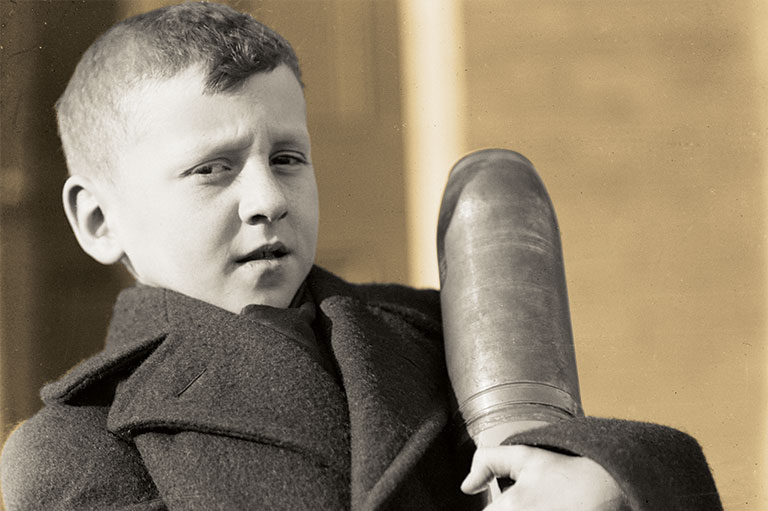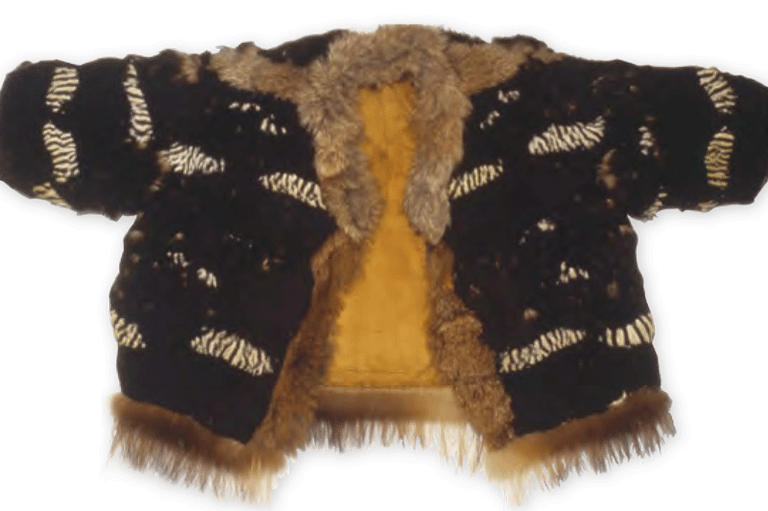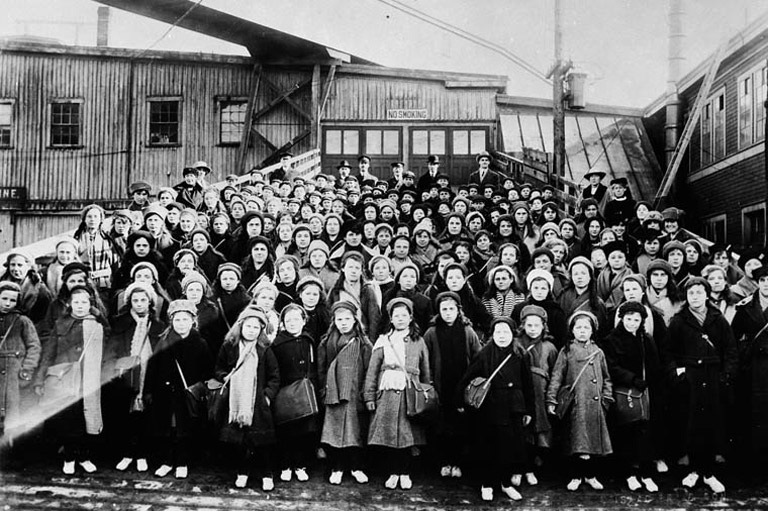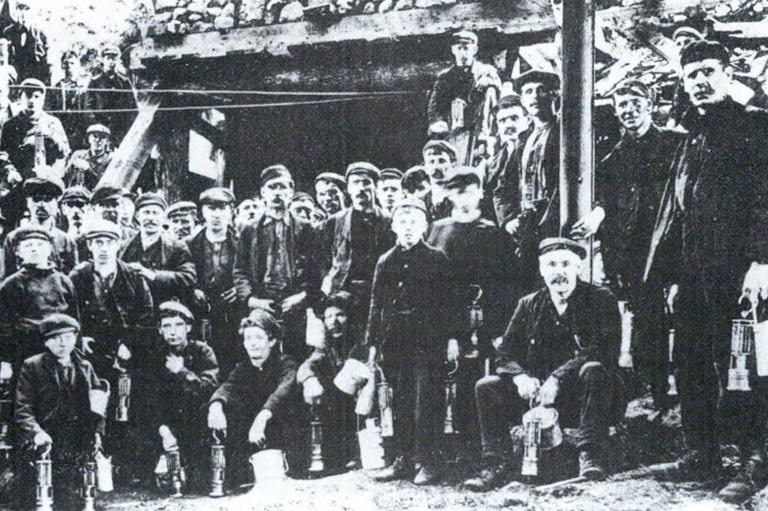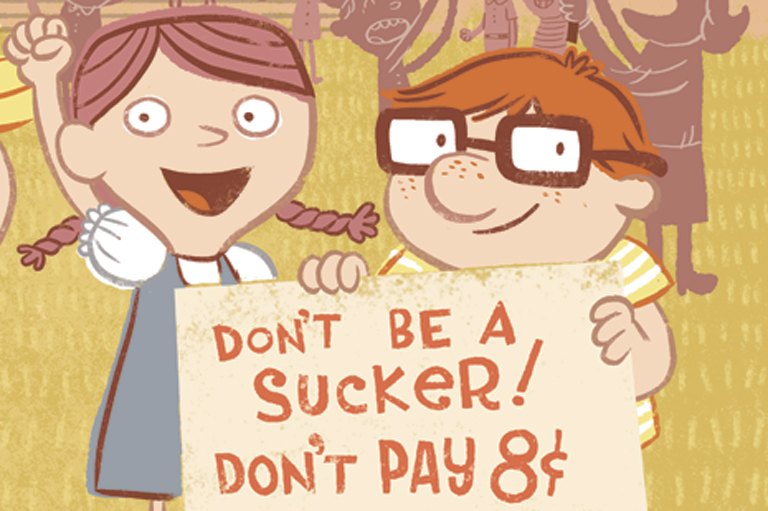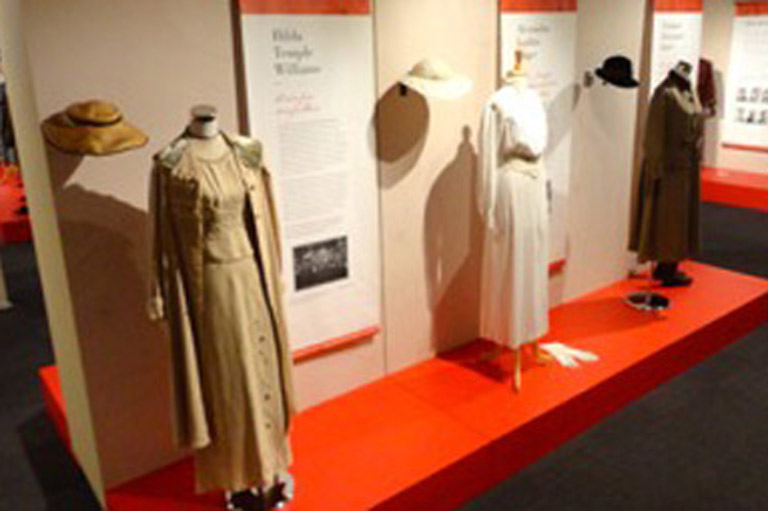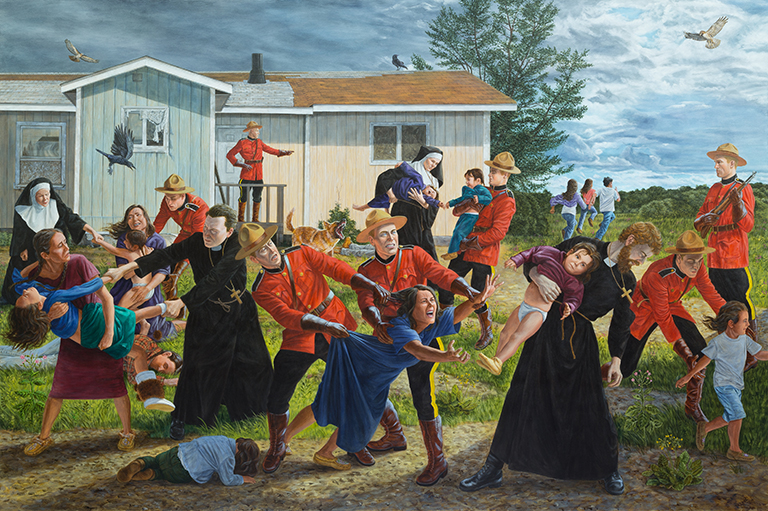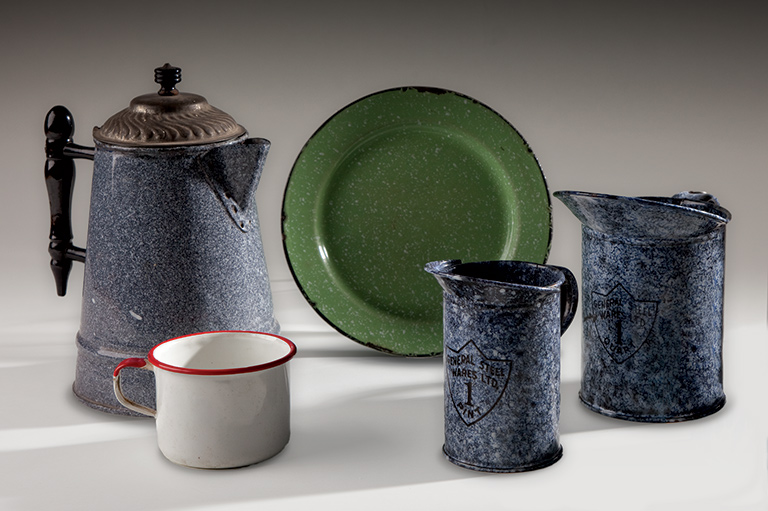Oh, Baby!
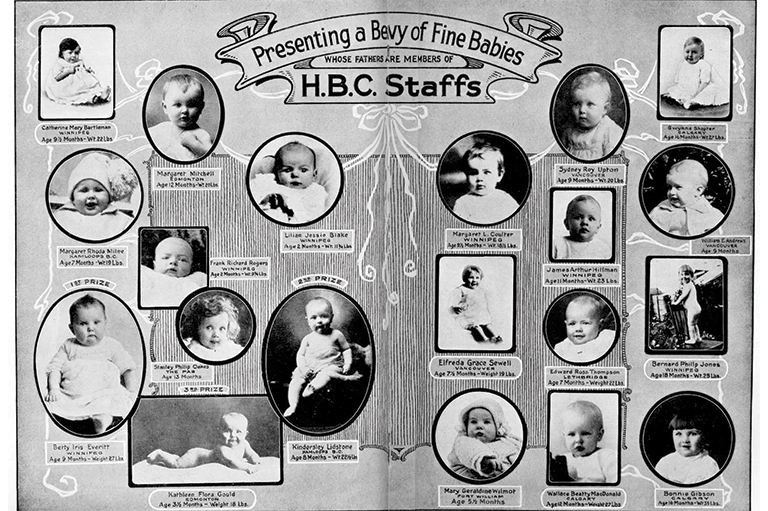
Wide-eyed and rosy-cheeked, the tiny tots peep out of the pages of the February 1921 issue of The Beaver. Little Sydney, a nine-month-old from Vancouver, wears a light frock. Margaret, from Kamloops, B.C., sports a toque with an enormous tassel that seems almost as large as the seven-month-old’s head. Elsewhere, year-old Stanley has the wide-eyed look of someone whose hand has been caught in the proverbial cookie jar.
The article, titled “Featuring Bonnie Babies”, is followed by a two-page collection of baby pictures titled “Presenting a Bevy of Fine Babies, Whose Fathers are Members of H.B.C. Staffs.” It’s the likely much-anticipated sequel to an article from a previous issue, which had called for the submission of baby pictures for a company cuteness contest.
This type of article was common in the early years of The Beaver, along with Hudson’s Bay Company staff news and gossip, morale-boosting missives, and tips to increase productivity. First prize went to bouncing baby Betty, a nine-month-old Winnipegger who looks like she came straight from a casting call for a Pablum commercial.
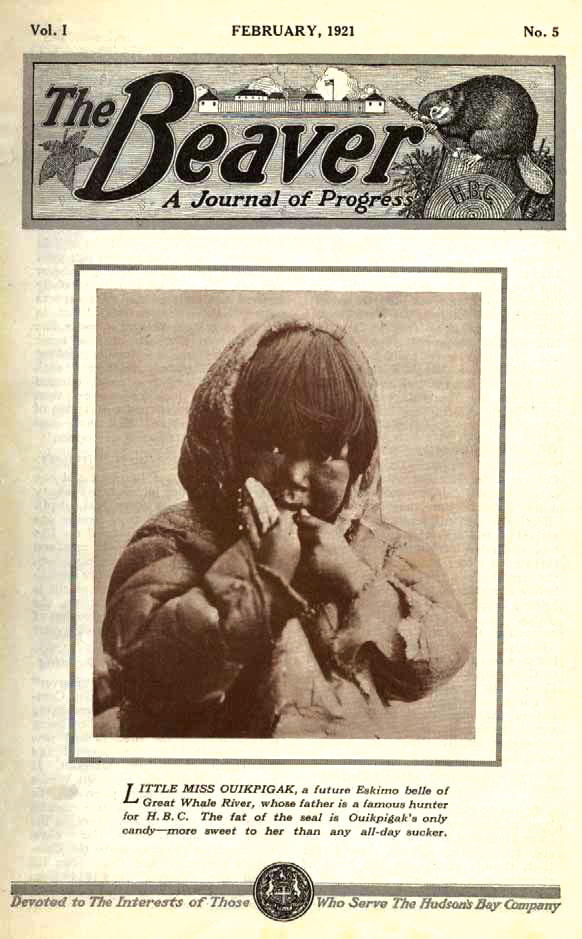
The article was meant as a lighthearted reminder that the employees at HBC’s far-flung outposts and big-city stores were all one big family. However, there’s an irony in that the cover of the issue also features a child who, at that time and in that era, would never have received consideration by the judges.
Her name is “Little Miss Ouikpigak, a future Eskimo belle of Great Whale River,” a community located near Nunavik, Quebec.
The fact that the baby contest winners were all non-Indigenous — despite the many First Nations, Métis, and Inuit people who worked in the fur trade — is a vivid reminder of the schism that divided white society from people of colour in the early twentieth century.
Themes associated with this article
Advertisement
You might also like...
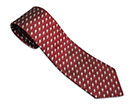
Beautiful woven all-silk necktie — burgundy with small silver beaver images throughout. Made exclusively for Canada's History.

